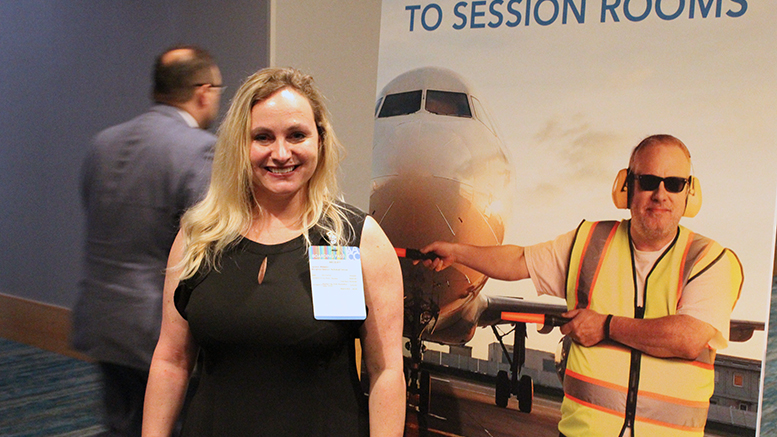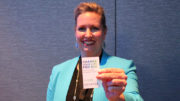ORLANDO, Fla. — If you wonder whether a case management approach to guidance can reinforce students’ pathways toward success, just ask Jammie Wilbanks.
The associate vice president of academic success at Wiregrass Georgia Technical College has spearheaded a change where academic advisors at the college have evolved from focusing mainly on registration and transactional services to a holistic team approach that’s designed to keep students on track every step of the way. She was part of a panel discussion on new advising approaches at the American Association of Community Colleges annual convention.
Give them what they want
Generation Z, which started to enter college in 2015, has different expectations from colleges, said Christina Hubbard, director of community college strategic research at EAB. For example, they want a seamless technological experience, tailored and transparent advising, and help getting a return on their educational investment. Over the next decade, that demand will grow.
Even “post-traditional students” — adult, part-time and online students — have demands that are changing how colleges approach advising. They expect flexible schedules, better communications and closer monitoring of their progress, Hubbard said. This population is especially important to colleges, she added, noting that enrollments among recent high school graduates will continue to decrease, while the number of post-traditional students is expected to continue to increase.
A new role
The role of advisors has shifted over the past decade, especially in the last few years. It’s moving beyond just transactional responsibilities — which focused heavily on registration — to more holistic care, Hubbard said. Previously, advisors were “trying to put out the fire that is in front of you,” she said. Today, the advising is done by a centrally managed group of “success” advisors who work with students to keep them on track, not just work triage when they get derailed.
A growing number of colleges are reaching out to students before they even set foot in an advisor’s office, Hubbard said. That’s what Wiregrass Georgia does. It reviews data on new students — such as high school GPA, how they did in certain classes and whether they are first-generation college students — to ensure advisors have the information and support for students. The college also follows students’ mid-terms grades, whether they register and whether they drop or add courses. Advisors reach out to students as needed, including followups to make sure any issues were resolved.
“We have to be proactive with our students,” Wilbanks said. “We cannot wait for them to come to us.”
An easier, faster process
The idea behind the case management approach to advising is to create a seamless and enhanced experience for students.
At Wiregrass Georgia — which serves about 6,000 students, with about three-quarters of them attending part-time — it wasn’t always so seamless. With four campuses, there was a lack of communication between departments, such as admissions, academic services, financial aid and faculty, and students were making repeat and unnecessary office visits, Wilbanks said. About one-third of its students struggled with planning and registration.
In 2015, the college transitioned to a centralized, pro-active advising model, reaching out to new students as well as students who dropped out to encourage them to re-enroll. Wiregrass Georgia then signed with EAB and implemented its Navigate platform, which helps advisors increase retention and graduation rates, partly by reminding and nudging students when needed. Now the various departments all use one system, which captures in one place all the reports pertaining to a student.
An example of how the new system has streamlined the process is when students want to change their major. Previously, it would take about two weeks as students had to manually handle the paperwork, which had to move through various departments, such as student aid, registrar and admissions.
Under the revised system, it takes about three days to complete the process, as it is done electronically and automatically moves among departments — all without students handling paperwork.
Since July 2017, more than 56,000 appointments have been scheduled using Navigate. Just as important, the process has eliminated unnecessary meetings. Since January 2018, the process has cut 5,904 office visits.
“That allows us to do a lot of other things,” Wilbanks said.





